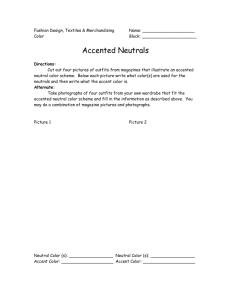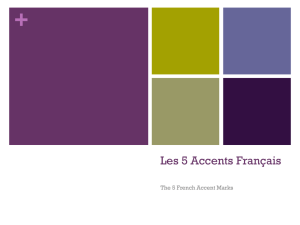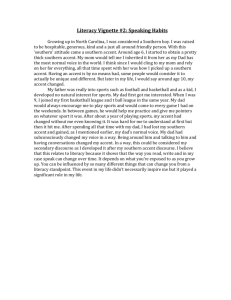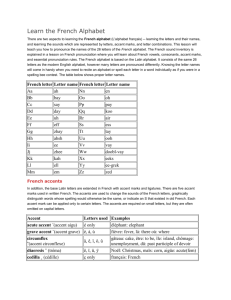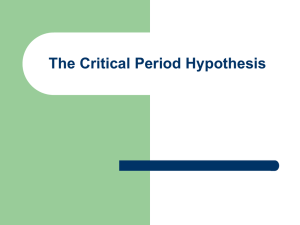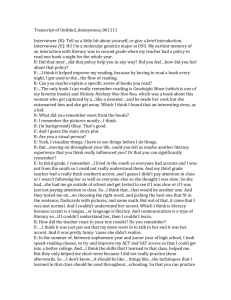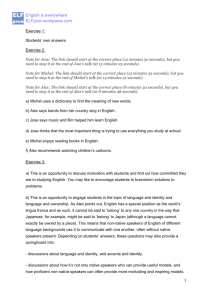AAAL Resolution
advertisement
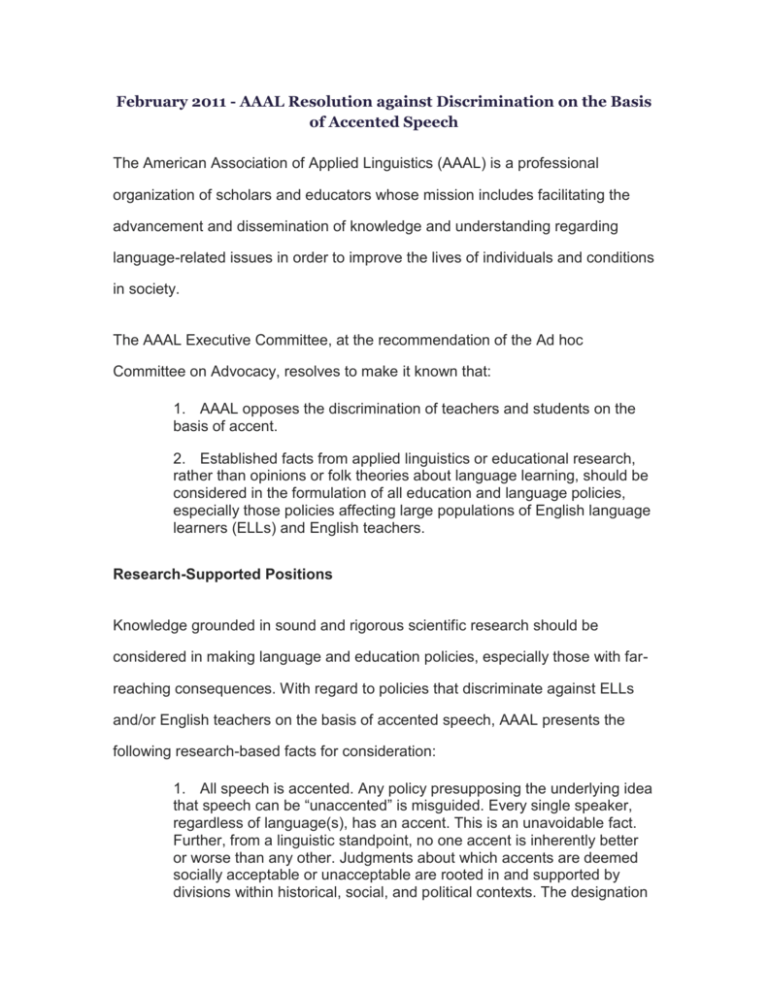
February 2011 - AAAL Resolution against Discrimination on the Basis of Accented Speech The American Association of Applied Linguistics (AAAL) is a professional organization of scholars and educators whose mission includes facilitating the advancement and dissemination of knowledge and understanding regarding language-related issues in order to improve the lives of individuals and conditions in society. The AAAL Executive Committee, at the recommendation of the Ad hoc Committee on Advocacy, resolves to make it known that: 1. AAAL opposes the discrimination of teachers and students on the basis of accent. 2. Established facts from applied linguistics or educational research, rather than opinions or folk theories about language learning, should be considered in the formulation of all education and language policies, especially those policies affecting large populations of English language learners (ELLs) and English teachers. Research-Supported Positions Knowledge grounded in sound and rigorous scientific research should be considered in making language and education policies, especially those with farreaching consequences. With regard to policies that discriminate against ELLs and/or English teachers on the basis of accented speech, AAAL presents the following research-based facts for consideration: 1. All speech is accented. Any policy presupposing the underlying idea that speech can be “unaccented” is misguided. Every single speaker, regardless of language(s), has an accent. This is an unavoidable fact. Further, from a linguistic standpoint, no one accent is inherently better or worse than any other. Judgments about which accents are deemed socially acceptable or unacceptable are rooted in and supported by divisions within historical, social, and political contexts. The designation of one accent as linguistically superior to another is not a practice that is supported by research. 2. A particular accent is not an indicator of knowledge of a language. Empirical studies of language acquisition yield similar results with regard to predicting accent in a language—the older the learner when acquisition of another language begins, the more likely it is that the (s)he learner will have an accent that differs (to varying degrees) from that of language-majority speakers. 3. Accent is not an indicator of the ability to teach a language. In fact, those who have gone through the process of learning a second language, English or otherwise, are often good teachers of the language because they have undergone the complex process of discerning and comparing the rules and patterns of the languages they use/know. This fact can be readily observed when such teachers successfully teach English grammar to monolingual English speakers. 4. Exposure to varieties of accented speech helps children learn. Studies of language acquisition show that increasing a child’s exposure to a larger variety of pronunciation facilitates the child’s acquisition of language-specific linguistic patterns. In other words, exposure to different forms of accented speech can help children internalize more about the patterns of the language overall. In a classroom context, children learning language benefit from exposure to a range of oral accents. 5. Policies that nevertheless propose accent as an aspect of teacher competence, such as those recently considered in Arizona, must at minimum present criteria for assessing accent. In any case, such criteria for measuring accent should be presented to the public and academic communities to evaluate their scholarly soundness and appropriateness for judging teacher competence. Members of the AAAL AdHoc Committee on Advocacy who contributed to this document include Fabiola Ehlers-Zavala, Jeff MacSwan, and Karyn Mallett. This statement was drafted, in part, based on statements put forth by the Department of Linguistics at the University of Arizona (May 26, 2010) and the Linguistic Society of America (July 28, 2010).
